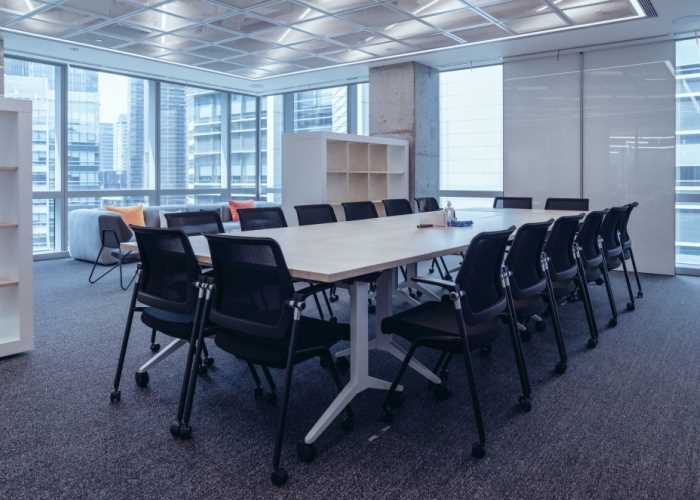For commercial property owners, managing energy costs is crucial. Heating and cooling large spaces can be expensive, especially if the system is not efficient.
A zoned heating and cooling system can help.
In this blog, we'll explain how these systems work, what zones are, and how they’re installed in commercial properties.
A zoned heating and cooling system allows you to control temperatures in different areas of a building independently. Instead of heating or cooling the entire building to the same temperature, a zoned system lets you adjust the climate in specific areas to suit different needs.
For instance, a conference room may need more heat during meetings, while storage areas could require less temperature control. This level of flexibility can lead to significant energy savings.
It’s important to note that if you need to heat and cool different areas at the same time, a VRF system is the solution. A multi-split system also supports zonal control but only operates in either heating or cooling mode across all units at a time.

A zone is any part of a building that has unique temperature control needs. This could be a large open-plan office, a small meeting room, or even a server room.
The system is designed around your building’s structure and usage patterns to ensure each area receives the right level of climate control.
Smaller zones, like individual offices or break rooms, can also benefit from zonal control, especially if they have different occupancy or equipment requirements.
A zone control system divides a building into multiple areas, each with its own thermostat and motorised dampers. The dampers open and close based on the thermostat settings, ensuring the right amount of airflow reaches each zone.
Once a zone reaches its target temperature, the dampers close to prevent unnecessary airflow and energy waste. To ensure your system is performing optimally, air balancing is often performed to adjust the airflow between zones and prevent uneven cooling or heating.
There are a number of benefits to zoned heating and cooling systems. These benefits make them well suits to various settings, including:
Installing a zoned heating and cooling system requires a detailed, professional approach. The steps include:
A zoned heating and cooling system helps you control temperatures more efficiently. Partnering with an experienced provider ensures that your system is designed and installed correctly for long-term performance.
Our team specialises in creating custom zoned solutions for businesses. Contact us today to see how we can help you achieve a more efficient climate control system for your building.
